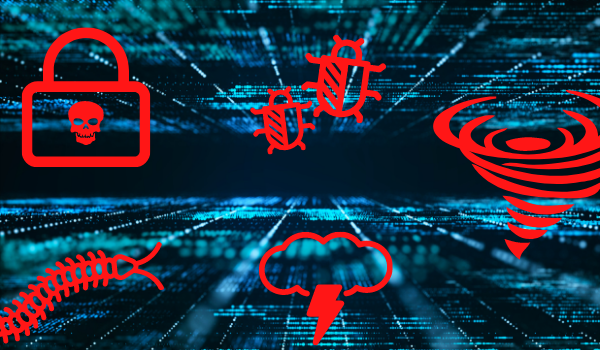Data backup and recovery are essential for any modern business. Temporary or permanent data loss can severely impact an organization’s services and reputation. Imagine suddenly losing access to employee records, financial data, or even customer data for which you’re responsible? These types of disastrous incidents occur daily. Modern data protection is no longer a recommendation but a requirement for any successful business.
Luckily, numerous tools and services are available to help you and your teams protect your organization’s assets. Veeam is one such software – and one that the I.T. experts at PC Corp know and love.
How does data loss occur?
Often, the focus for many executives is how to recover data – not how it was lost in the first place. But to prevent the incident from recurring, it’s essential to understand the various ways data can be lost. For example, one can lose data via:
- Human Error: the result of a single misclick or incorrectly typed command
- Software Bugs: a recent survey of software developers discovered that “more than a quarter (26%) said that they spend up to half their time fixing bugs.”
- Hardware Failure: disks, memory, network, and other server components are susceptible to regular failures
- Natural Disasters: floods, fires, earthquakes, tornadoes
- Computer Viruses: potentially causing permanent deletion of data
- Ransomware: encrypting data and only providing the decryption keys upon payment
- Bit Rot: gradual corruption of computer data due to an accumulation of non-critical failures
Additionally, the amount of data and storage has exploded in recent years, and alongside this grows the frequency of such problems. In fact, a recent Forbes article mentions:
“From 2010 to 2020, the amount of data created, captured, copied, and consumed in the world increased from 1.2 trillion gigabytes to 59 trillion gigabytes, an almost 5,000% growth.”
Data is everywhere. And with the recent growth in remote and hybrid work, company data is no longer isolated to the office. Staff bring this data with them on their commutes, to coffee shops, and to their homes. With the rise of cloud computing, your information is now stored in servers you can’t access, in locations around the world. With these significant changes, it’s more important than ever to put your data first.
How can I prevent data loss?
Backup your data
First and foremost, we recommend backing up your data – several times. Ensure you encrypt sensitive data and keep at least one copy of your backups stored off-site, in a location that would not be impacted by a natural disaster or ransomware attack.
Most importantly (and this is frequently overlooked), regularly test your backups. Sadly, many organizations spend countless hours configuring and scheduling backups, only to discover they can’t recover their backups due to flawed processes or damaged files. If you can’t restore a backup, it’s essentially worthless.
Create a disaster recovery plan
How will your organization respond in the event of a major outage or incident? How will you recover the necessary data, ensure that critical services are brought back online, and prevent significant downtime during this operation? These important questions, and many more, should be addressed in a formal disaster recovery plan.
Importantly, and on par with testing your backups, make sure you dry-run your disaster recovery process. Discover and document your mean time to recovery (MTTR) so that you can accurately estimate the length of an outage caused by a significant data loss event.
Speed is of the essence
As previously mentioned, the ability to recover lost data is a requirement. It’s also essential that data can be recovered quickly. If it takes days or weeks to complete the recovery process, the impact on your business can be staggering. A recent 2022 Data Protection Trends Report estimates that downtime costs an organization $88,000 per hour.
While this cost varies per organization, the message is clear: downtime has a price. You want your customers to be able to access your services and buy your products. You want your staff to be able to perform their regular operations. You want to build your organization as a trusted, reputable brand.
With that in mind, it’s recommended that you find fast, reliable, trustworthy software to manage your backups.
Introducing Veeam
Veeam is a leader in the backup and disaster recovery space, providing a range of solutions that support anything from physical servers in co-located data centers to cloud-native applications and services. As a software-based solution, Veeam Backup and Replication allows users to safely store their data on any medium.
Their products include backup and recovery services, security protection against ransomware and cyberthreats, monitoring and analytics tools, automation systems, built-in replication to offsite disaster recovery, and more.
Another great feature of Veeam is that their solutions integrate with VMware, Microsoft Hyper-V, AWS, Microsoft Azure, Google Cloud Platform, and other platforms. And in 2020, they acquired Kasten, a leader in backup and recovery solutions for Kubernetes native workloads.
How PC Corp Can Help
If you have critical data, as most organizations do, it’s essential that you treat it as such. As experienced I.T. experts, PC Corp offers services to assist you with Veeam products and any other data-related needs. We can help you understand the differences between hold and cold backups, the 3-2-1 backup strategy, and many other essentials. We’re here to treat your data with the priority that it deserves.
We make I.T. easy! Contact us to find out how.
